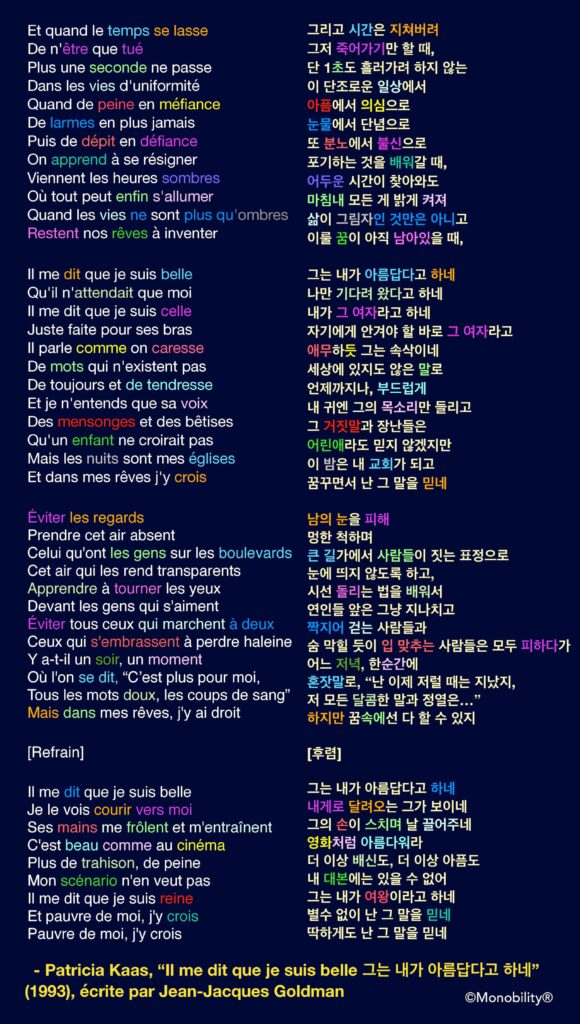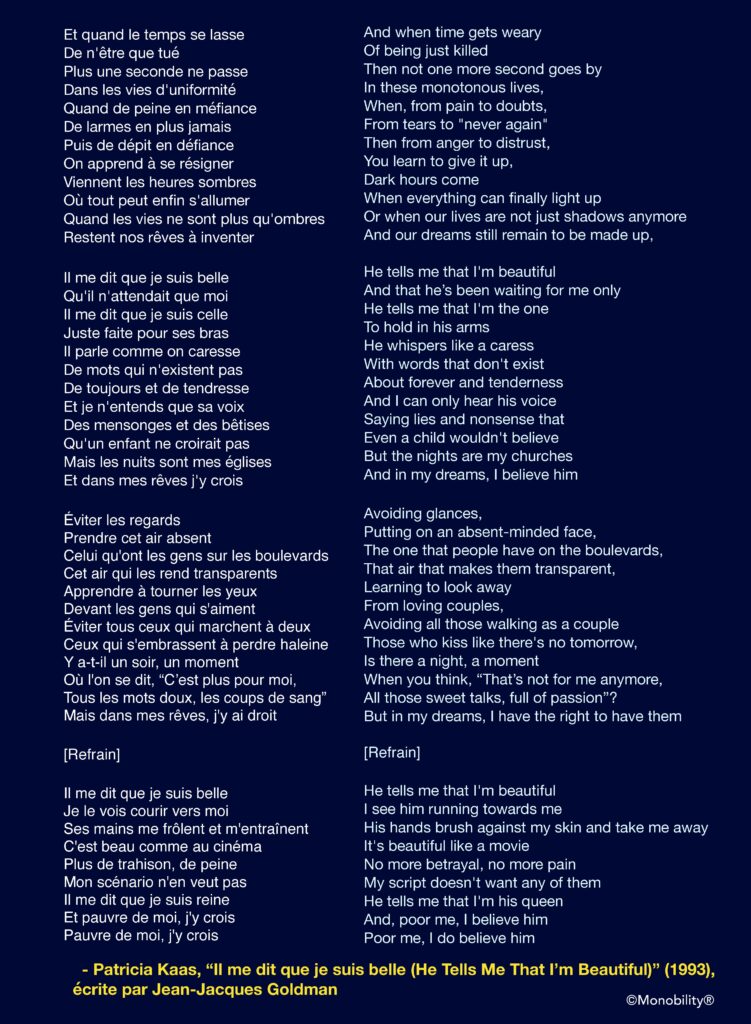By now, you would know the basic structure of Korean syntaxes if you followed and studied my articles for the last few years. And some of you might want to translate your favorite poems and song lyrics from your language into Korean, for your Korean friends and audiences. Even if you don’t want to become a professional translator, such an exercise can be a great practice to write in Korean and test your knowledge for yourself. I highly recommend that you give it a try.
One of the big challenges of translating verses (poems and song lyrics) as opposed to proses (general texts) is that the Korean ward order, particularly that of relative clauses, is often the opposite of many other languages. In general, Korean relative clauses come before the nouns and clauses that they modify. You can recap some of my previous articles on this subject:
The above structural difference is not such a big deal for translating prose and general texts. No matter how the word order is changed, one can just translate and write the whole sentence. But for poems, and particularly for song lyrics that are subtitled line by line, you would need to maintain the line-to-line correspondence between the original language and the translated. Here are some of my tips you can use, with examples from Patricia Kaas’ famous song “Il me dit que je suis belle (He Tells Me That I’m Beautiful),” composed by Jean-Jacques Goldman (1993):


1. Rewrite the lines in one sentence as if they are prose, and pre-translate them as if they were prose.
In the second stanza of the lyrics, most lines can be rejoined to form full sentences.
Il me dit que je suis celle
Juste faite pour ses bras
=> Il me dit que je suis celle juste faite pour ses bras
(He tells me that I’m the one for him to hold in his arms)
=> 내가 자기에게 안겨야 할 바로 그 여자라고 하네 [ Literal translation for the whole sentence ]
Et je n’entends que sa voix
Des mensonges et des bêtises
Qu’un enfant ne croirait pas
=> Et je n’entends que sa voix des mensonges et des bêtises qu’un enfant ne croirait pas
(And I can only hear his voice saying lies and nonsense that even a child wouldn’t believe)
=> 내 귀엔 어린애라도 믿지 않을 거짓말과 장난들을 말하는 그의 목소리만 들리네 [ Literal translation for the whole sentence ]
2. Check the line-to-line correspondence between the original and the Korean text.
Il me dit que je suis celle 내가 자기에게 안겨야 할 [ INCORRECT; word order mismatch ]
(He tells me that I’m the one) [ CORRECT in English ]
Juste faite pour ses bras 바로 그 여자라고 하네 [ INCORRECT; word order mismatch ]
(To hold in his arms) [ CORRECT in English ]
Et je n’entends que sa voix 내 귀엔 어린애라도 믿지 않을 [ INCORRECT; word order mismatch ]
(And I can only hear his voice) [ CORRECT in English ]
Des mensonges et des bêtises 거짓말과 장난들을 말하는 [ INCORRECT; word order mismatch ]
(Saying lies and nonsense) [ CORRECT in English ]
Qu’un enfant ne croirait pas 그의 목소리만 들리네 [ INCORRECT; word order mismatch ]
(That even a child wouldn’t believe) [ CORRECT in English ]
3. Rephrase the incorrectly corresponding lines by dividing them into separate clauses, repetition, and other syntactical changes.
Il me dit que je suis celle 내가 그 여자라고 하네 [ “He tells me that I’m the woman,” DIVISION ]
(He tells me that I’m the one)
Juste faite pour ses bras 자기에게 안겨야 할 바로 그 여자라고 [ “the very woman to be held in his arms”: REPETITION (그 여자라고) ]
(To hold in his arms)
Et je n’entends que sa voix 내 귀엔 그의 목소리만 들리고 [ “I can only hear his voice, and”: DIVISION ]
(And I can only hear his voice)
Des mensonges et des bêtises 그 거짓말과 장난들은 [ “the lies and nonsense are” : DIVISION ]
(Saying lies and nonsense)
Qu’un enfant ne croirait pas 어린애라도 믿지 않겠지만 [ “what even a child wouldn’t believe, but”: REPHRASE; INVERSION ]
(That even a child wouldn’t believe)
And please don’t forget, the quality of your translation depends on how faithful you are to the original text, as much as on how naturally your translation sounds in the target language. In today’s world, many of your audience and readers are bilingual (or even AI robots!), and they do know how much knowledge you have in both languages and how accurate and careful you are in communicating with them.
Join Monobility® Group for much more:



